Inside The Fabrick Lab: meet Elaine Ng Yan-ling, the Hong Kong ‘material innovator’ whose creations have been courted by everyone from Swarovski and Lane Crawford, to Design Miami/Basel, UBS and even HKEX
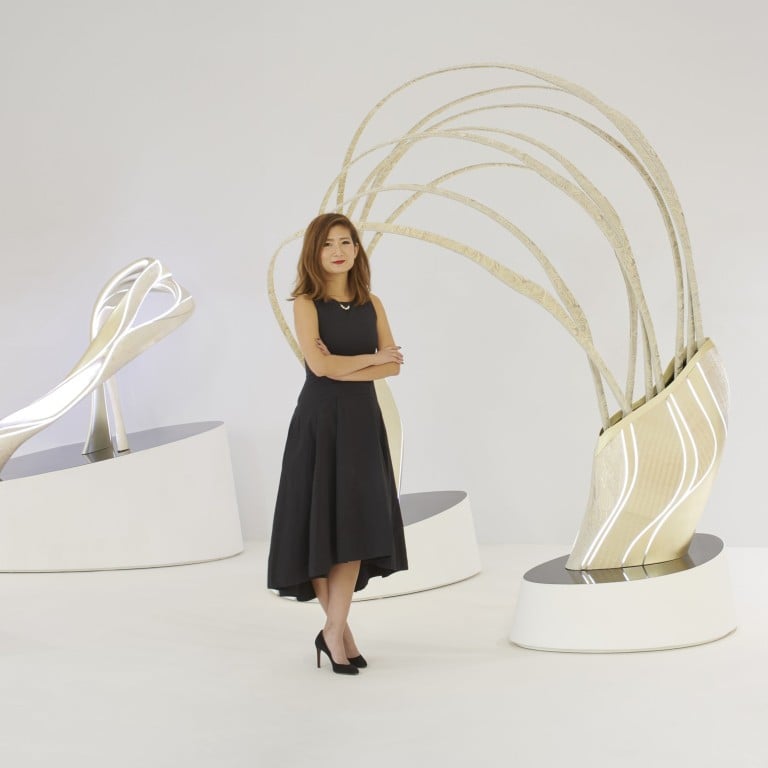
Elaine Ng Yan-ling may be a textile artist, but her studio looks like it belongs to a mad scientist. Located in a factory building in Kwai Hing, Hong Kong, the 1,500 sq ft space is crammed with a mish mash of objects that illustrate her multidisciplinary oeuvre.
Traditional hand-painted batik kimonos hang alongside a series of accessories-slash-artworks that move when exposed to different levels of humidity. Large pieces from interactive installations – some look like they’ve been taken from an episode of dystopian series Black Mirror – make it impossible to navigate the room. Despite this, two artists move seamlessly between an old school hand loom and its digital counterpart, while a 3D printer buzzes in the background.
Is this Hong Kong’s ultimate multi-hyphenate? Meet Lindsay Jang
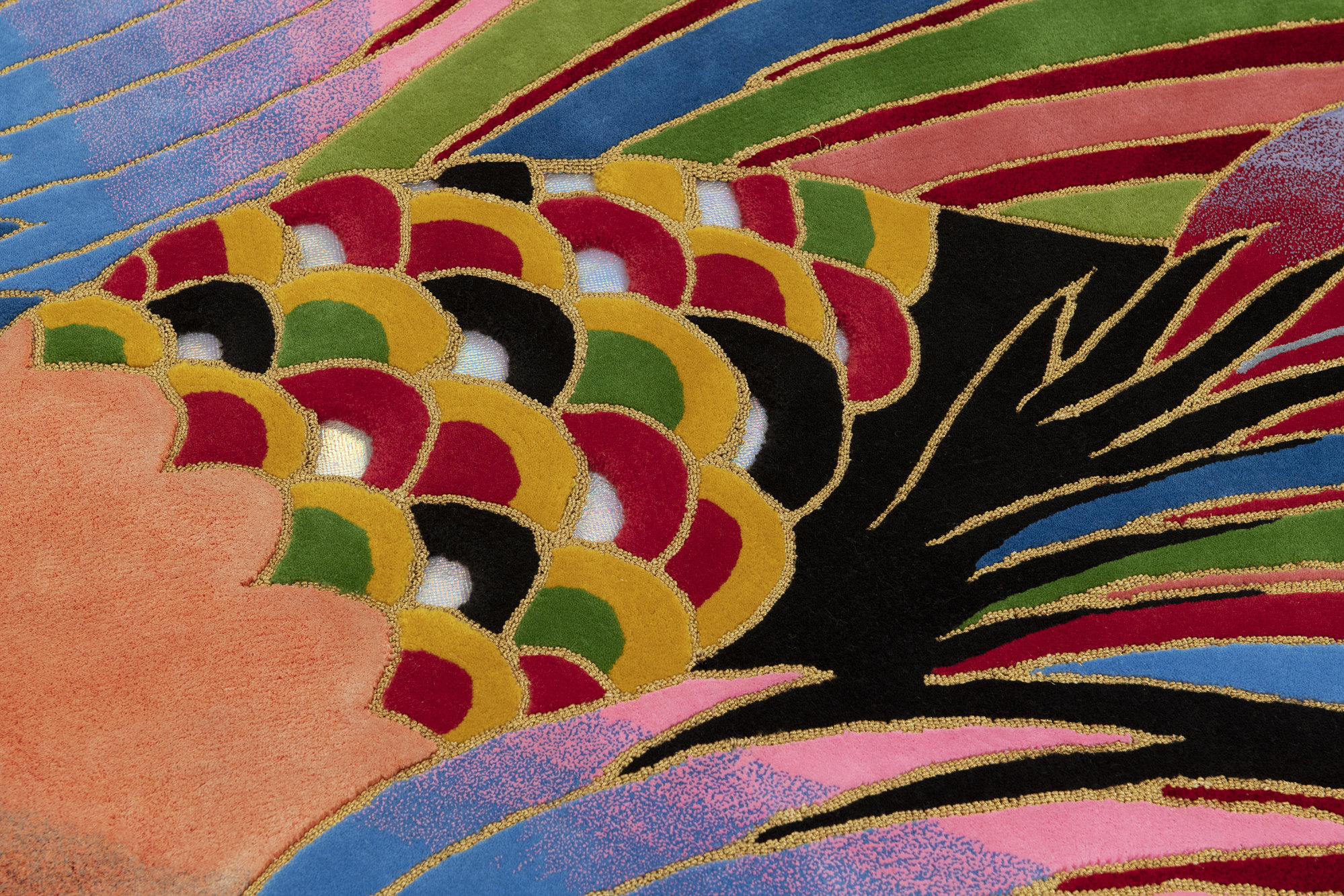
“I believe that materials can open possibilities so I wanted to create a space where I could allow myself to be more cross-disciplinary. It’s about pushing boundaries,” says Ng, who is dressed in a chic jacquard skirt and vintage denim blazer – not a white lab coat in sight.
Ng has become known for her pioneering projects that see the worlds of textiles, interiors and biomimicry converge through the lens of sustainability. Her unconventional approach to materials has led to her being called everything from material innovator and creative consultant to materialogist (and the list goes on).
Designer dining: 9 luxury brand restaurants in Tokyo, from Gucci to Dior
“I often ask myself how I would define what I do, but I don’t have an answer. I would get upset when people called me an artist in the past because I always wanted to be known as a designer. If you ask me now, I don’t mind because I’ve realised how much innovation there is in the art world,” she says.

Ng’s love for textiles goes back to her teenage years. As a student in boarding school in Yorkshire, she would spend most of her time in the textile and arts department experimenting. She ended up at the renowned Central Saint Martins school in London looking to pursue a degree in fashion, until her tutor suggested textile design instead.
“I loved prints – Zandra Rhodes was my original inspiration – and I knew how to make screens, so I bought a handknitting machine and started experimenting with textile construction, although I wasn’t sure what to do with the final product. That being said, textiles weren’t just fabrics. I was interested in learning other disciplines and applying them to the development process,” she says.
My Style: Jewellery queen Gaia Repossi’s 9 top tips for a more stylish life
Ng went on to do a masters in Textile Futures before working for Nissan in London designing concept cars, and then as a colour material designer at Nokia in Beijing. During this time, she won several awards for her work exploring shape and memory materials, but she was hankering for more.
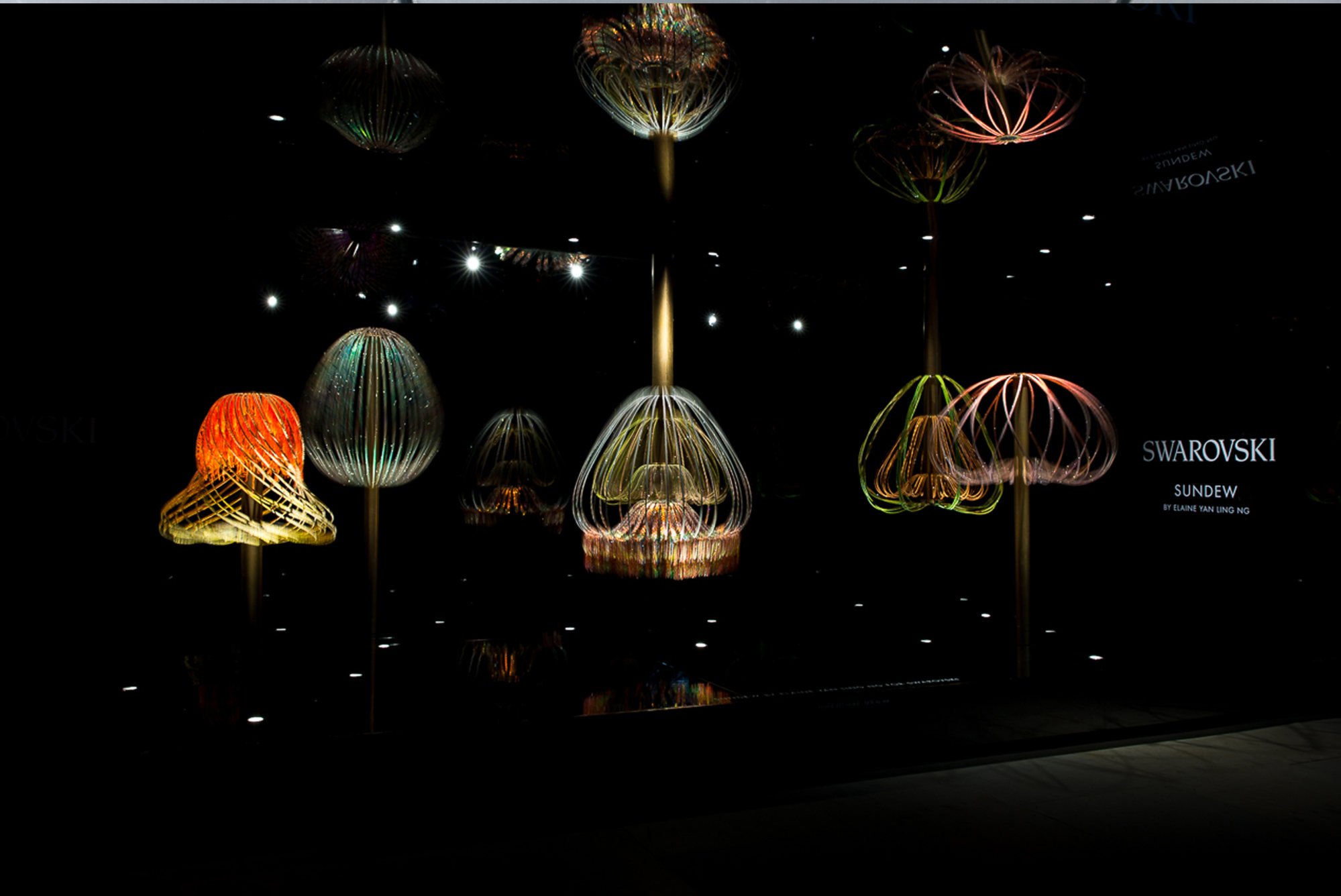
“In 2013, I decided to move to Hong Kong. I’d never worked here so my mum suggested I open a studio. It was a big turning point for me. Up until then I was working with big companies and had the privilege of unlimited resources, but as soon as I stepped out on my own I realised that there was nowhere a designer could go if they wanted to do something a bit different. I wanted to create that space where we could show clients anything is possible – where we didn’t just speculate, but brought things to fruition,” she says.
In 2014, she launched The Fabrick Lab, an experimental design studio and material consultancy where she was able to develop highly innovative projects that explore the form and function of modern textiles.
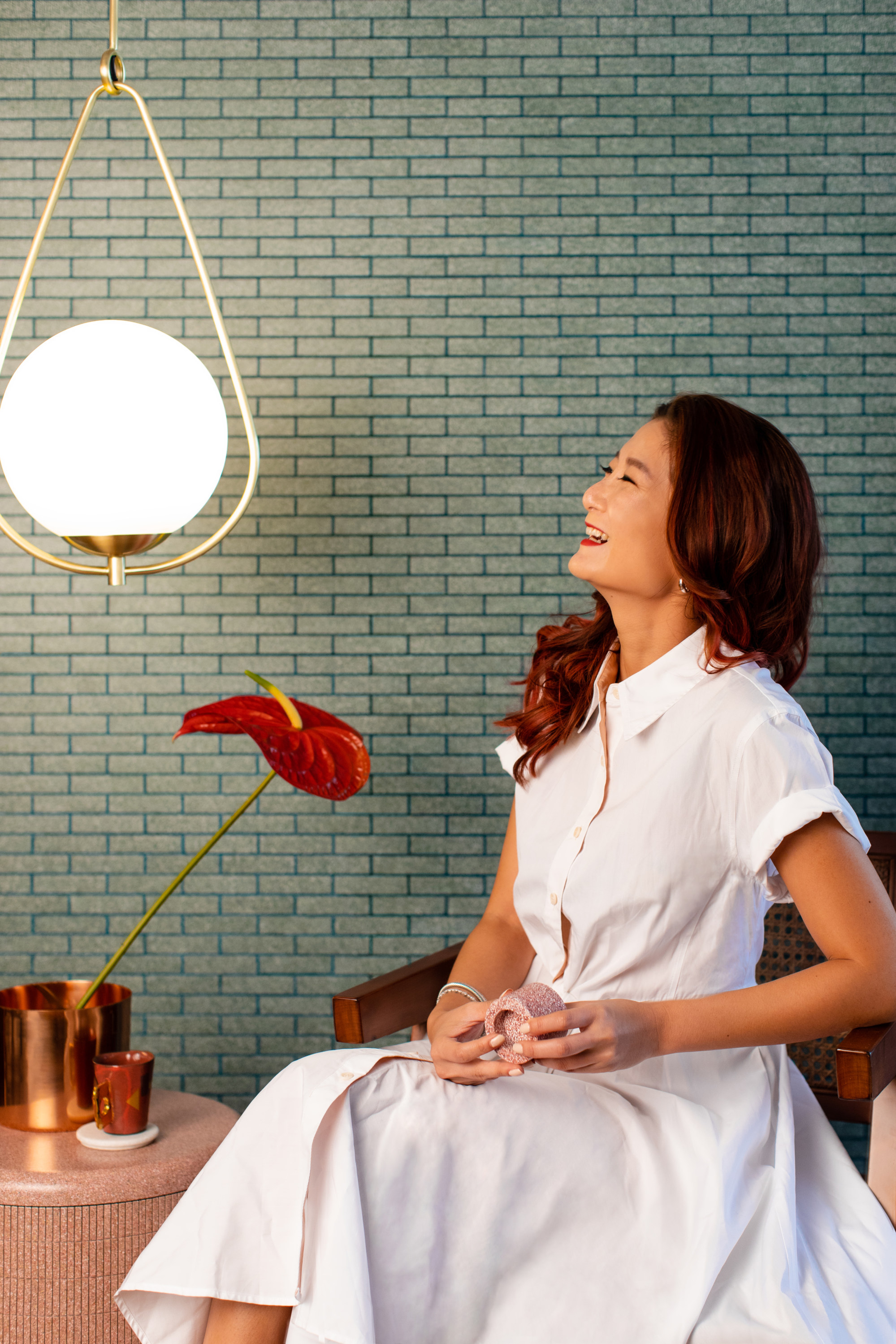
Highlights over the years have included Climatology, which was acquired by M+ museum in 2016. Inspired by desertification and climate change in China, she developed a smart textile made from layers of veneer combined with fabric, reactive dyes and reflective surfaces and used it to create objects that adapt to fluctuations in light, temperature and humidity, much like a desert plant.
Who is Jeremiah Brent, Queer Eye’s new design expert replacing Bobby Berk?
The Un/Fold project, meanwhile, saw her revisit her fashion roots – albeit with a female empowerment angle. Collaborating with local weavers in Guizhou province to celebrate their heritage crafts, she created a series of travel-related products and homewares.
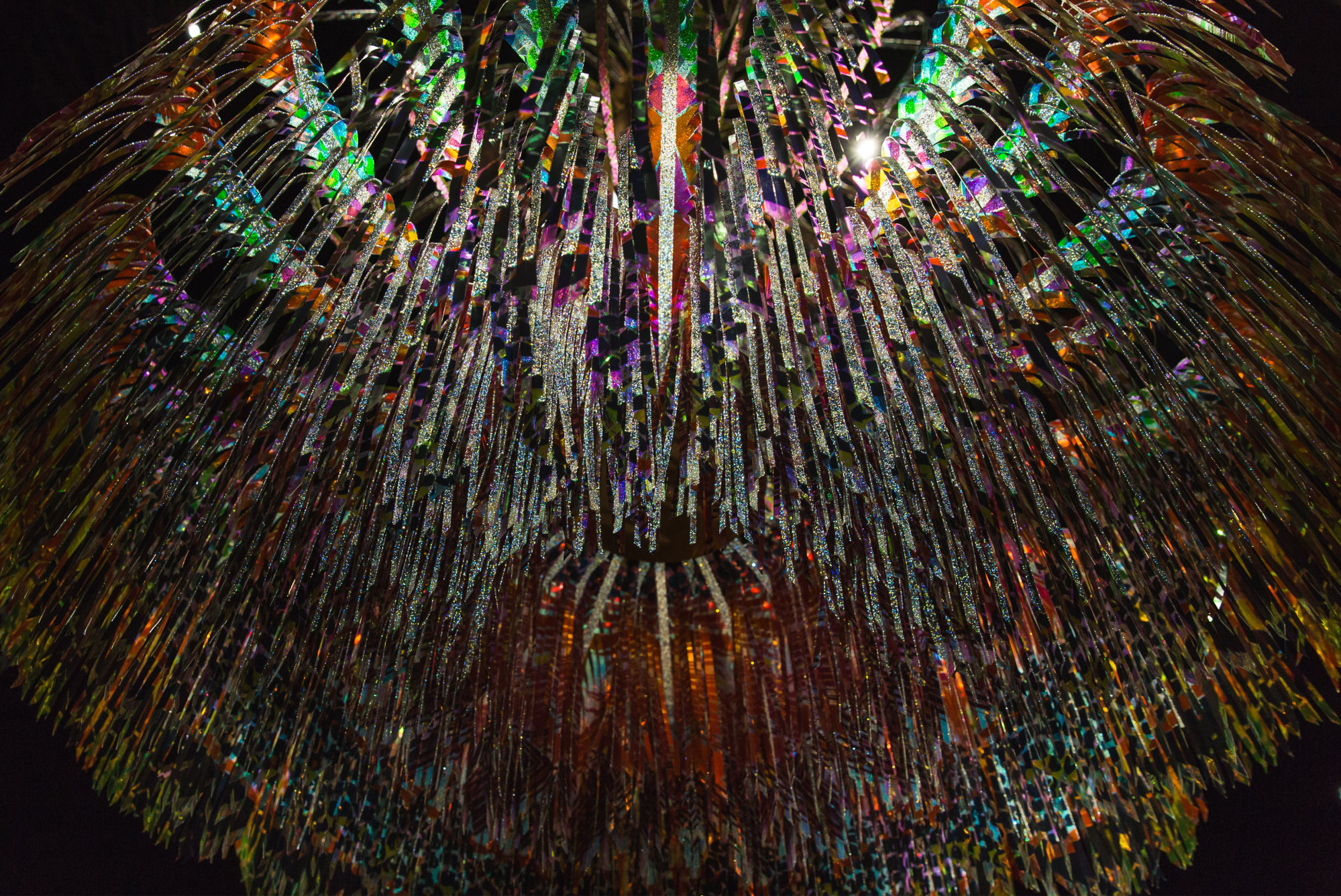
These and other products caught the attention of established names including Lane Crawford and Swarovski, the latter made her one of its Designers of the Future and commissioned her to create several installations for the likes of Design Miami/Basel 2015 and Hong Kong’s Art Central.
Alongside these came other high profile commercial projects which explored the concept of big data through gamification. For UBS, she created modular interactive sculptures made from a combination of 3D printed gold leaf, woven paper and metallic jacquard, powered by air quality data from over 8,000 monitoring stations.
Meet Dara Huang, the Harvard-educated architect with royal connections
Another, for the Hong Kong stock exchange, has lights that blink, dance and “emote” according to real-time fluctuations in the stock market.

While her body of work may appear diverse, Ng says that there is a thread that ties them together.
“Everything I do is about generating conversations and bringing people’s attention to things that aren’t so easy to engage with. More than that, I want to explore how design can be a part of a bigger, more sustainable ecosystem,” she says.
One of her most recent gigs, as chief material innovator for Nature Squared, a Swiss design company, sees her fulfilling this promise. Focusing on luxury interiors, she developed a range of stylish wall tiles made from eggshell waste collected from bakeries in Cebu, Philippines, and other wall panels and coverings made using a banana leaf fibre.

“In order to achieve sustainability in a supply chain or ecosystem, we have to innovate and collaborate, whether it’s through the materials, conversations or people. Knowledge transfer is important if the next generation is going to continue. It must be a two-way process,” she says.
Different matter: wood, leather and metal jewellery is having a moment
While Ng is excited to keep exploring the smart textile space – “although AI isn’t for me,” she says – her dream project is more about human connection.
“I would love to create a large-scale outdoor interactive sculpture that can be enjoyed by everyone. Maybe a public park or something in the wild connected to nature? One day I might try to create a line of jewellery. I love the statement pieces created by Schiaparelli. Fashion is an art, after all.”

- Elaine Ng Yan-ling credits fashion designer Zandra Rhodes as her first inspiration, but a visit to her Kwai Hing studio today feels more like an episode of Netflix’s Black Mirror
- She worked for Nissan in London and Nokia in Beijing before launching The Fabrick Lab, where the world textiles, interiors, biomimicry converge through the lens of sustainability; Ng’s piece Climatology was acquired by M+ museum in 2016